We bought a low-rated levitating speaker on Amazon that made us want to cry

It seems in this case, its single one-star review was warranted.
Our Japanese-language reporter Masanuki Sunakoma bought a speaker on Amazon recently, but not just any speaker: It was a mysterious, levitating speaker. According to its product description, it uses the double power of electromagnets and permanent magnets to float, and little air currents to spin. In other words, it’s a floating, spinning speaker! What’s more, once the speaker floats, the magnets keep it from being knocked down, which makes it stable in the air, and since there’s almost no friction, it can spin forever once it’s started.
“Seriously?!” said Masanuki, pressing his face up to his computer screen. “Let’s try it!”
So he purchased the “Magnetic Floating Speaker LED Interior Smart Mysterious Speaker that Floats in the Air with the Power of Magnets“ (hereafter referred to as “MFSLEDISMSTFITAWTPOM”), which retails for 6,777 yen (US$53.24). True to its name, it not only floats but has a cool blue LED light, which is sure to up its attractiveness factor.

Sadly, the MFSLEDISMSTFITAWTPOM has a one-star rating on Amazon from a single reviewer, who said, “It broke immediately,” “It’s so difficult to get floating it requires patience and perseverance”, “I’ve received no response from the seller”, and “I wish I’d never bought it.”
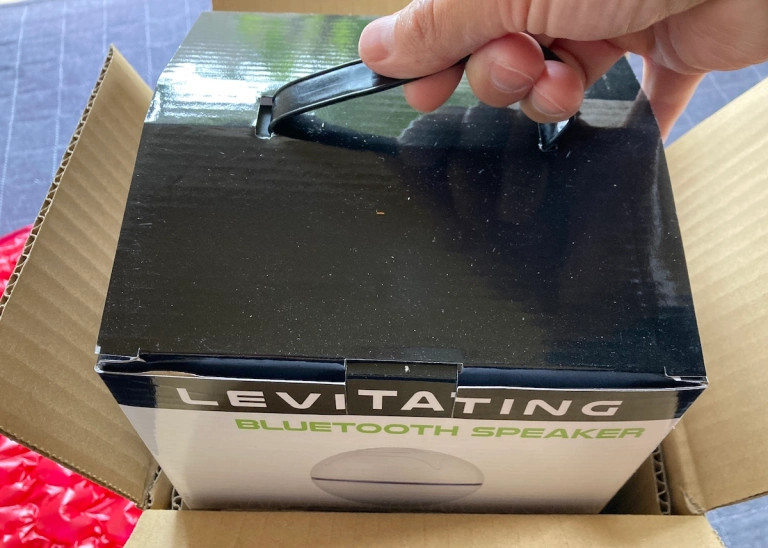
But Masanuki is no stranger to low-rated and hardly rated products on Amazon. He’s tried a variety of products like wigs and portable showers that didn’t turn out as bad as expected, so he chose to look on the bright side and interpret these comments as “Once I get it levitating through patience and perseverance, it’ll spin forever!”
Plus, the picture on the box looked so cool!

The speaker came with several parts: the floating speaker itself, the base, a supporting stand, a USB cable, and an AC adapter. Also included in the box was an English user guide.
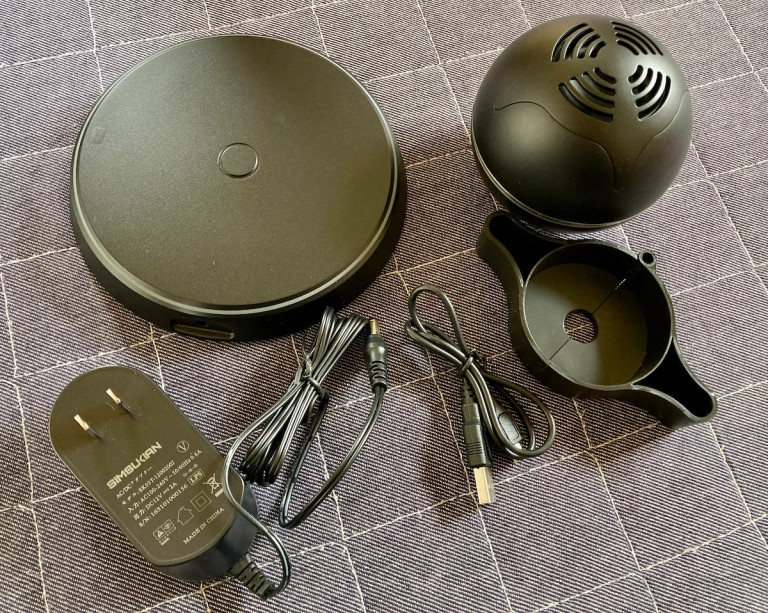
After taking everything out, Masanuki was relieved to also find a Japanese user guide, which told him that to use the speaker, you first have to charge it with the USB cable. Once it’s fully charged, in about three hours, it can be used for up to five hours consecutively. So Masanuki plugged in the speaker to charge.
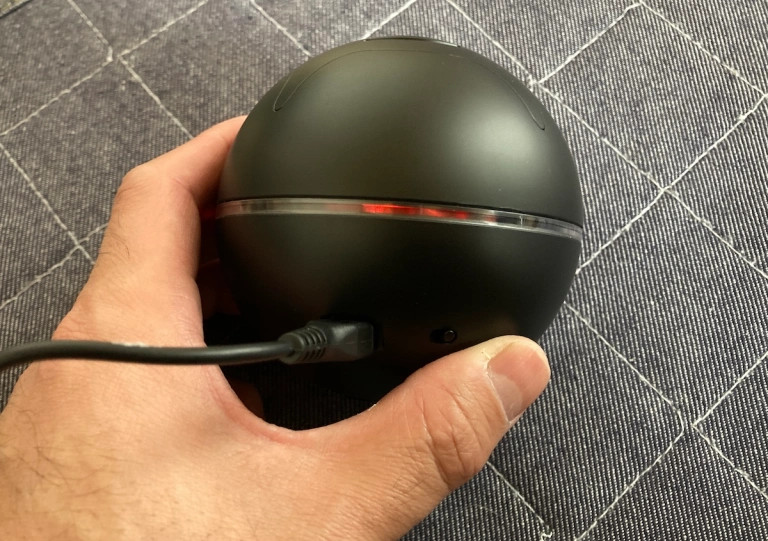
Later, when it was ready to use, he attached the AC adaptor to the base and placed it on a flat surface.
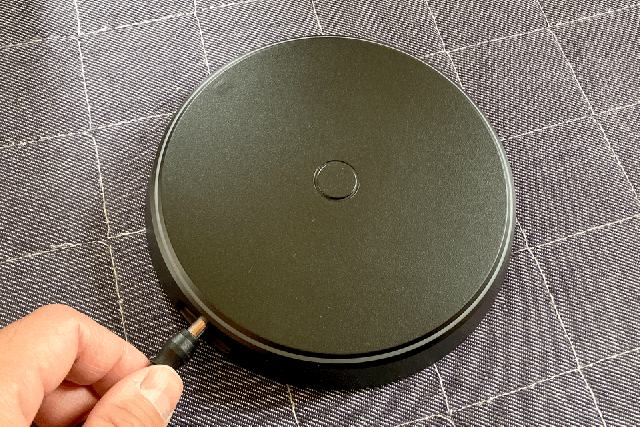
Here’s where patience and perseverance come in. You have to hold the speaker with both hands over the center of the base, hovering it around until you find the right spot where it will maintain the balance needed to stay afloat.

As mentioned, the speaker is designed to float with the power of electromagnets (which become magnetic only when charged with electricity) and permanent magnets (which don’t need electricity to become magnetic), which means it’s supposed to be stable against bumps and jostles and never fall down.
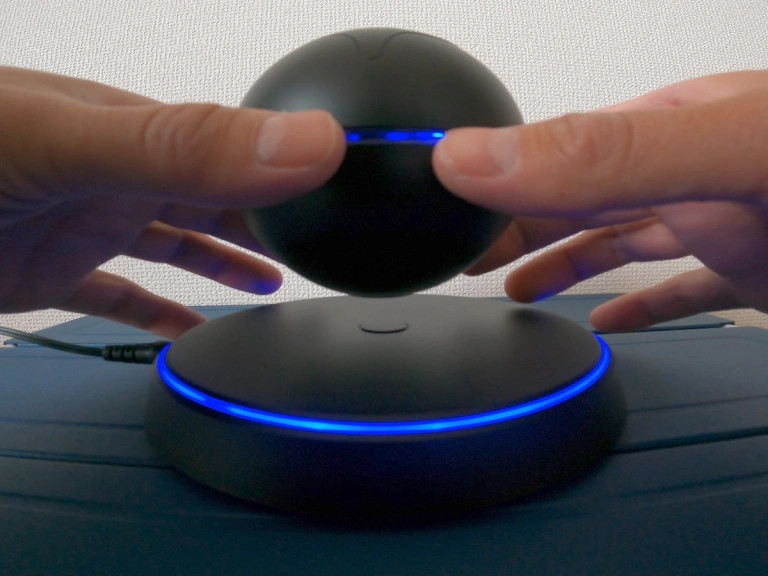
According to the user guide, when the base lights up with blue LED lights, that means you’ve achieved the right balance, but in Masanuki’s experience, the base lights up even when the speaker isn’t balanced. As such, patience and perseverance were required to find the exact point over which the speaker will balance. It was challenging, but Masanuki believed that success would be reward enough for all the trouble.
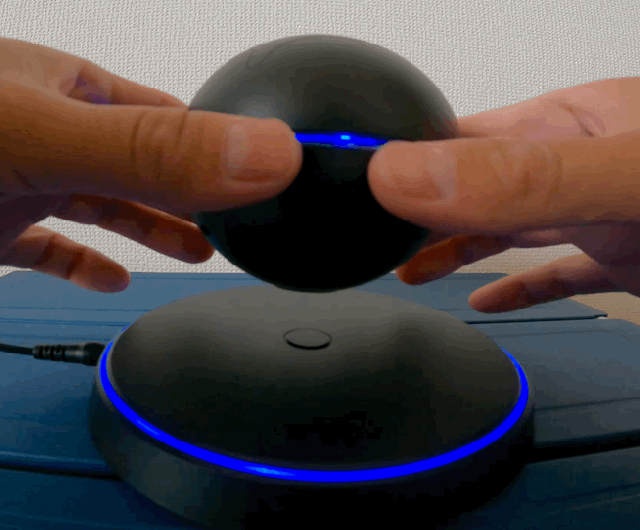
However, the power of the magnet was so strong that it was really hard to get the speaker to float. The magnet pulls the speaker down with a surprising amount of force, making it crash onto the base like a meteorite.
▼ It falls with the same amount of force as an adult throwing a ball at a wall.
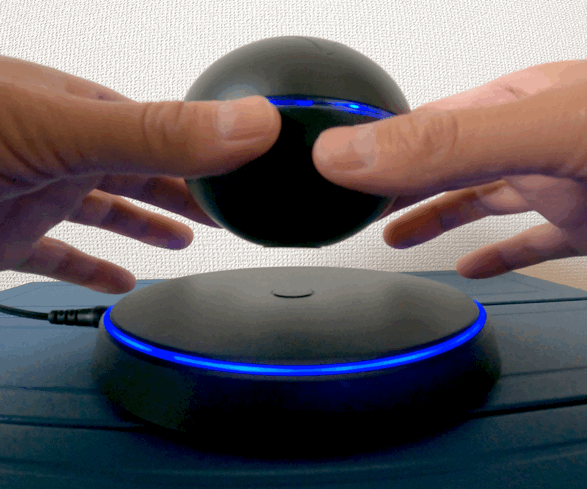
This happened over and over, which made the reviewer’s comment of “It broke immediately” understandable. Anything experiencing that amount of force so frequently would break. Clearly, setting up this speaker not only requires patience and perseverance but you also have to quickly figure out the trick to getting it to float before the speaker breaks. Masanuki definitely didn’t want to break a speaker he spent 7,000 yen on before even getting to use it.
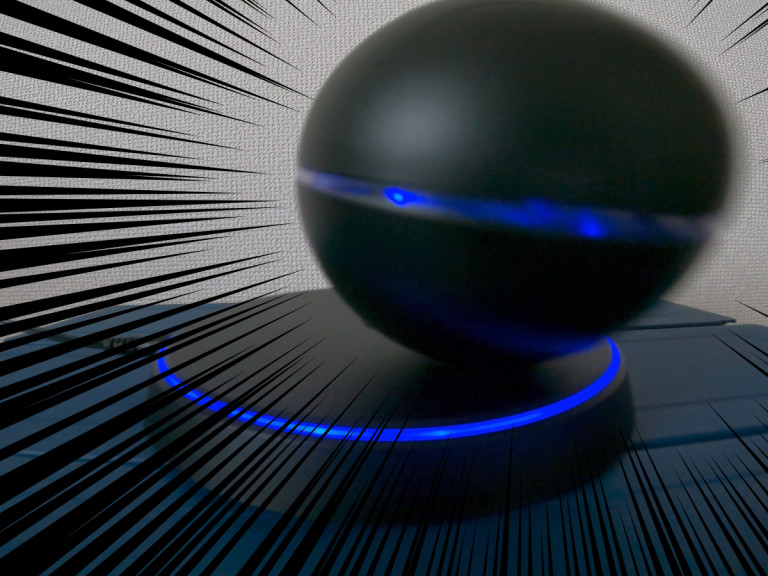
If you use the support stand, it’s particularly important to master the art of removing it once you’ve found the point above which the speaker will float, which is extremely difficult. It’s more nerve-wracking than removing a tricky block from a Jenga tower. If you don’t remove it slowly and carefully, you could send the speaker slamming into the stand yet again.
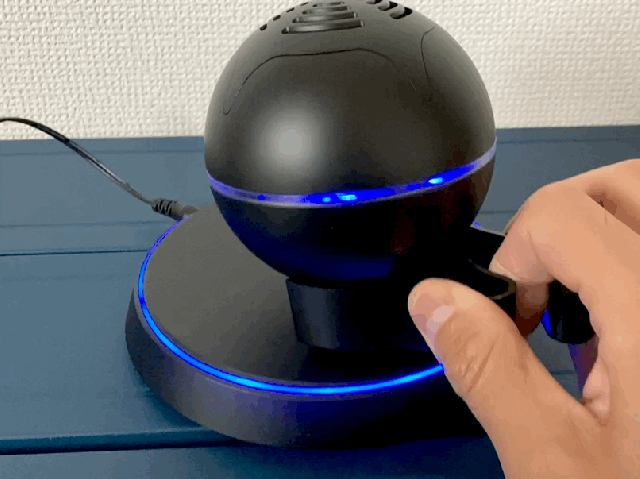
Luckily, Masanuki’s patience and perseverance paid off. After several dozen attempts, the moment finally arrived:
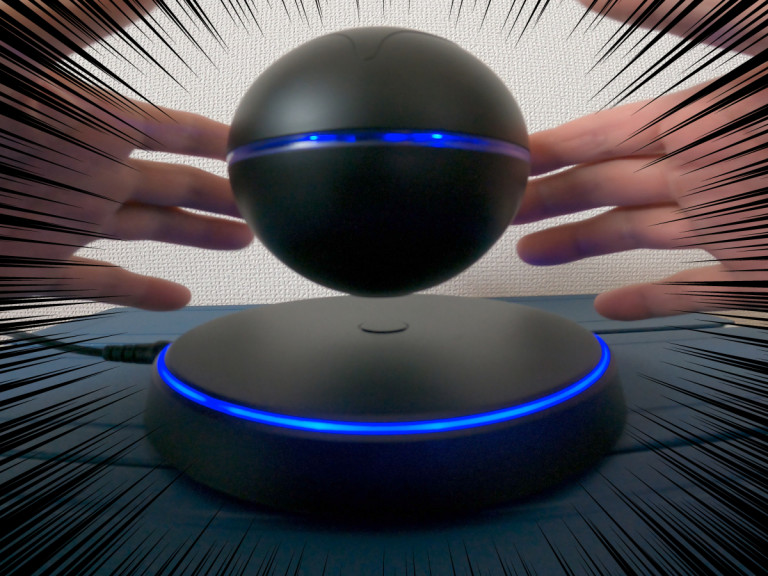
It was floating!
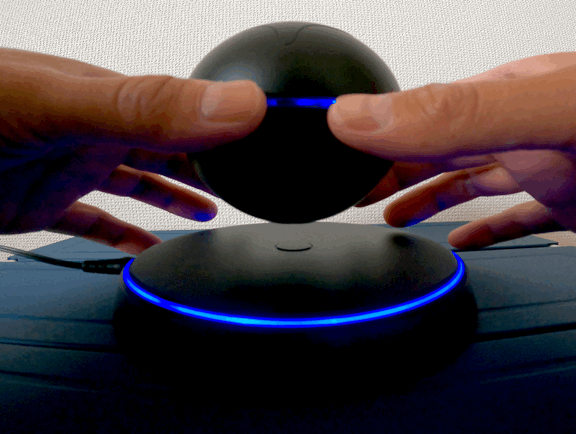
He did it!!
And then…
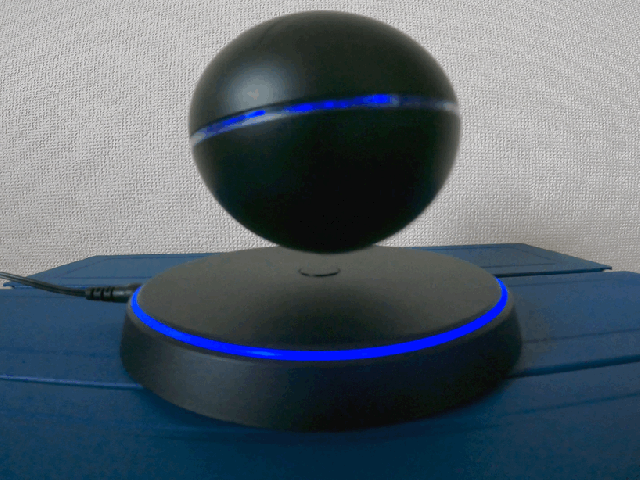
Bam!
The speaker immediately fell. Masanuki felt his heart stop, and then it resumed, filled with rage. “I’m going to destroy this thing,” Masanuki grumbled to himself, picking it up for the hundredth time. When he placed it in the air again, the speaker crashed back onto the stand without Masanuki ever making a sound, never mind a movement.
▼ Bam!
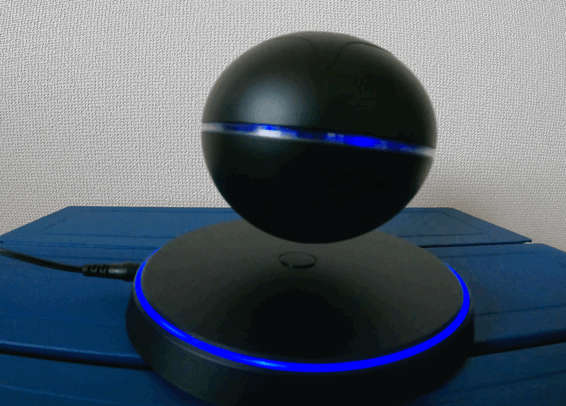
Masanuki tried changing the surface on which the base stood…
▼ Bam!
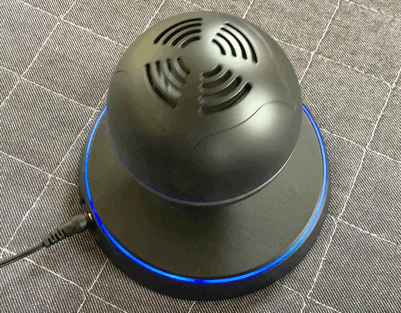
But there was no luck there, either. After wasting a whole day trying to place it correctly, the longest he could get it to float was 25 seconds, which, to be honest, genuinely felt like an eternity after so many failures. But, try as he might, he could not get the speaker to float and spin for a true eternity.
Eventually, Masanuki felt bad for the speaker and gave up.
The speaker itself still works great even if you can’t get to float, so if you’re looking for a round speaker, maybe you’ll like the MFSLEDISMSTFITAWTPOM.
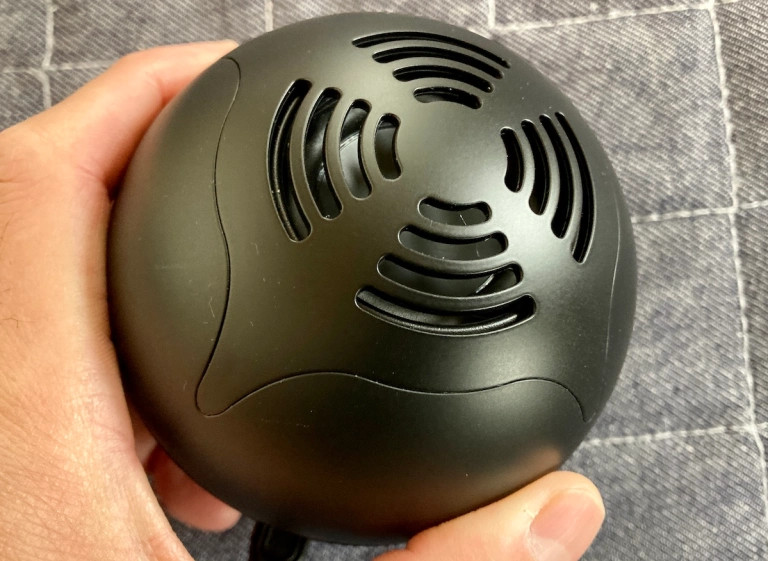
Masanuki, however, will never buy it again. Maybe he should go pick up some hot spring water at the onsen vending machine to soak away all that tension he just built up.
Images © SoraNews24
● Want to hear about SoraNews24’s latest articles as soon as they’re published? Follow us on Facebook and Twitter!
Credit:

0 comments:
Post a Comment